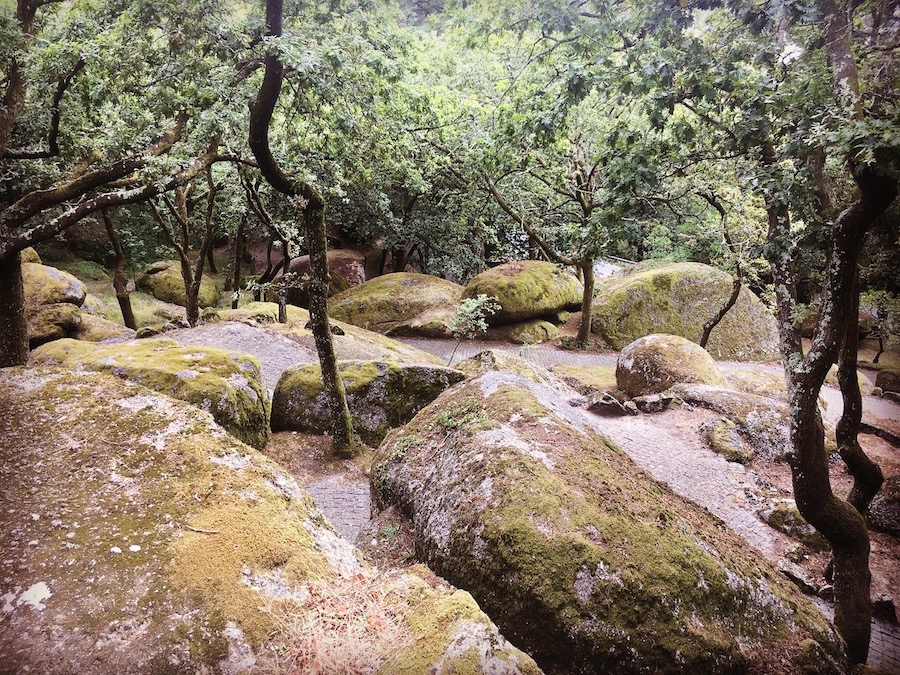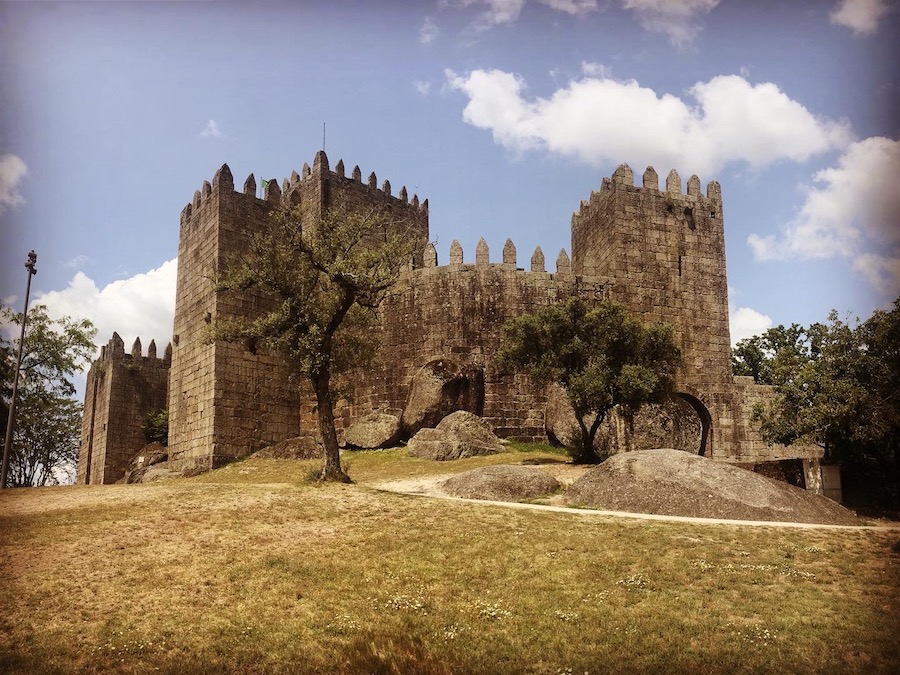After having arrived in Guimarães in the early afternoon, the manager at my hostel suggested that I also go and visit Penha Mountain, in addition to sightseeing around the city, and what a great recommendation that ended up being, as the place was absolutely amazing!
Monte da Penha is the highest point in the urban area of Guimarães, and the easiest and most scenic access to reach the summit, which is at an altitude of 586 metres, is to take the teleférico, or cable car, from the south-east edge of the city. Thanks to its natural characteristics, Penha Mountain is one of the major tourist attractions in Guimarães. It is famous for its unique natural landscapes, which are punctuated by rich flora, caves and several granite outcrops, which provided shelters for acts of celebration during the Chalcolithic and Bronze Ages. The abundant archaeological remains collected in these natural cavities are made up of ceramic fragments, as well as various types of lithic and metallic objects, which can now be viewed at the Museu da Sociedade Martins Sarmento in the city.
One of the most important sites on the mountain is the Penha Sanctuary or Santuário da Penha. This sanctuary is a very important pilgrimage centre, which is visited by scores of pilgrims and tourists alike, especially during the summer months.

The storms of life rage.
‘Santuário’ by Jyri Manninen
Chaotic, manic motion.
Yet thine eye be calm.
I’ll conclude by saying that Penha is just an amazing place to relax and re-energise by going for casual, mindful nature walks, or just simply sitting in silence. Being graced with the majestic views from the Miradouro Penha, which can even extend as far as the Atlantic ocean, certainly adds to the beauty and depth of the experience.
Bênçãos e graça para você.
Jyri



